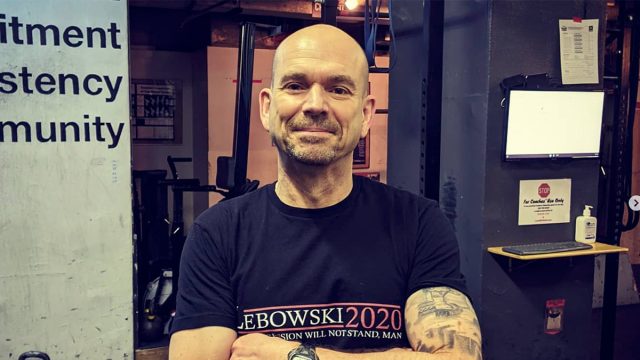I've Tried Nearly Every Diet and This is the #1 Best for Weight Loss For Me
Paleo. Vegan. High carb. Low carb. Atkins. Carnivore. Intermittent fasting. I could keep going with this list. Just looking at a list of "popular" dietary protocols out there is enough to make your head spin. What works for weight loss? Which diet is best? The answer just might surprise you.
A Little Background About Me and My Weight Loss
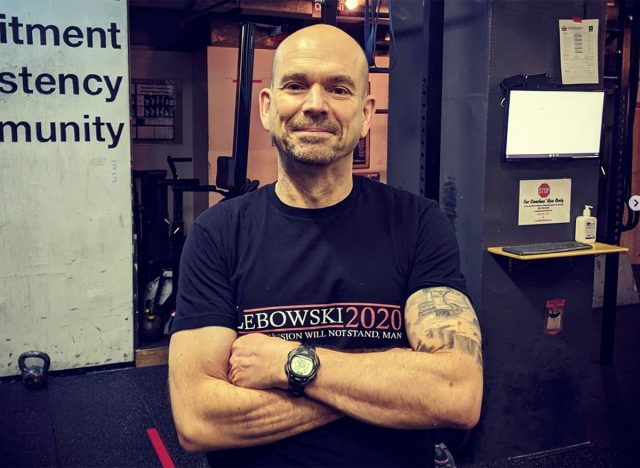
First off, let me introduce myself so that you've got some context for what I'm about to tell you. I'm Mark Edwards, a PNL1 certified nutrition coach and CrossFit L2 trainer. I coach people on losing weight, gaining weight, maintaining weight, and getting fit. The road I took to where I am now was a little unusual – winding and indirect, with lots of detours. A lot of people in my line of work are former professional athletes or science nerds, sometimes both. I am neither. But like many of you, I've had my battles in the past with weight gain and weight loss.
I think it's likely a bit of a rarity that nutrition and fitness professionals like myself have had weight issues in their past. So in a very real sense, I have experience to offer that may be useful. This is partly due to my age. I'm a 59-year-old nutrition coach and CrossFitter, so besides my nutrition and weight loss experiences, I've had years of my own sports injuries, knee arthritis and surgeries, hip arthritis and surgery/resurfacing, and shoulder surgery. Next up for me will be elbow surgery. Nothing in life ever seems to go as planned. And no, I am not being held together with duct tape. Yet.
Related: I Lost 20 Pounds With These 5 Hacks
When it Comes to Diet Content on Social Media, It's Crazy Town Out There
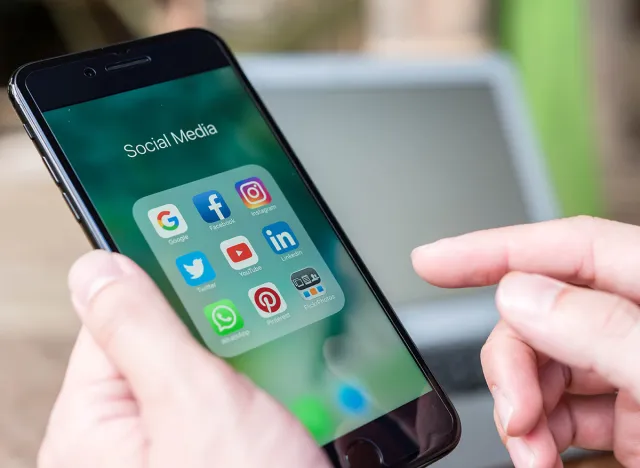
If you've spent any amount of time on social media perusing posts on weight loss, nutrition, fitness, and health, chances are you've been left dazed and confused. I'm sure you've seen variations of these "diets":
- Eat only vegetables
- Eat no vegetables, only meat and organs
- Consume no fruit
- Eat only fruit
- Eat no carbs
- Eat high carbs
- Eat lots of fats
- Eat no fats
- Eat only raw vegetables
- Dairy is poison
- Vegetables are trying to kill you
I could go on, but you get the idea. Is it any wonder that a lot of people are left in a state of total paralysis when it comes to nutrition and weight loss? As a nutrition coach, I understand your confusion. My personal journey through various diets over the past 25 or 30 years (ultimately leading to becoming a nutrition and fitness coach) was replete with odd detours, forks in the road, smooth going, and occasionally veering straight into the ditch. At this point, I've found an eating style that works best for me. I'll tell you how I got here so that just maybe I can save you a lot of headaches and false starts on your own journey.
The Journey Begins
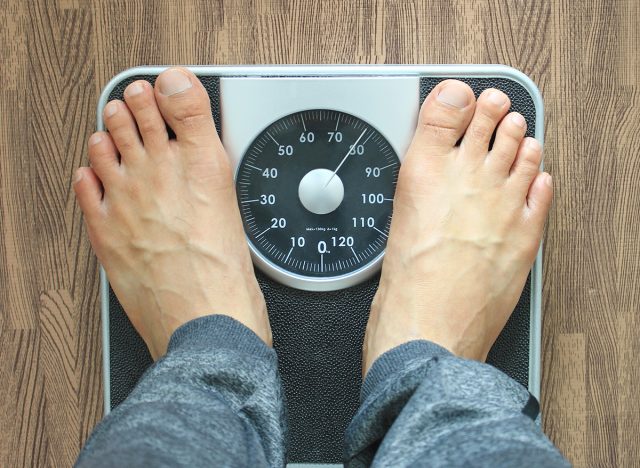
Way way back in my early 30s, I packed on the first significant weight gain of my life. In the span of about 10 to 12 months, I went from 160 lbs to 205 lbs. Unfortunately, the excess weight wasn't muscle. I'm average height (a shade under 6 feet) and have a narrow frame. So that extra 45 lbs was pretty significant. The instigator of this weight gain was my first trip to Italy. Maybe you can relate. Oh boy, Italy. Wine with lunch every day. And everybody was doing it! How great to be Italian! What a life. In one local joint in Lucca, I watched a crew of four paint-splattered workmen have a 2 ½ hour lunch. And each of them polished off a full bottle of wine before heading back to work. Unfortunately, I continued the lunchtime practice of big lunches with several glasses of wine when I came back to my adopted home, Tokyo. No mystery why I put on 45 lbs.
I was a regular gym goer and trained 2-3 times a week with weights and several times per week, I'd go to a mixed martial arts class here in Tokyo, so in my mind, there was no problem. "I'll just work it off in the gym!" That's a common refrain I hear as a nutrition coach. "Can't I just exercise more to lose this weight?" Well, no, you can't. At that time, I was unfamiliar with the now well-known phrase, "You can't out-train a bad diet." So just as you'd expect, that weight didn't come off.
Related: 12 Steps to Sculpt the Ultimate Chest
First, I Tried the Zone Diet
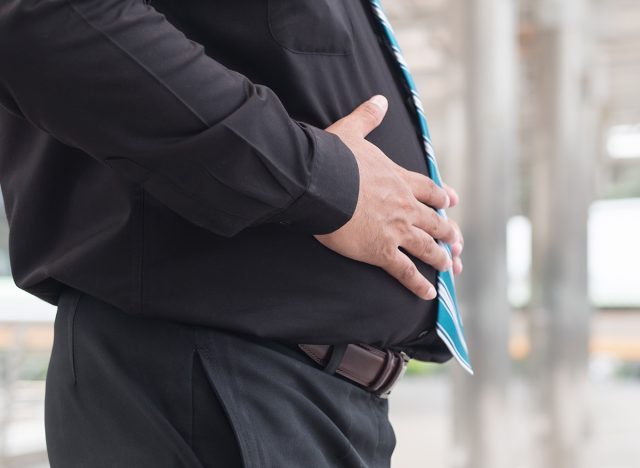
Then came my first taste of the Zone diet, a diet developed and promulgated by Dr. Barry Sears and CrossFit. At first, it seemed complicated, but lo and behold, with some effort, the excess body fat melted away. Problem was, the degree of measuring required to follow the Zone Diet was onerous. But the Zone did have a lot going for it, and one of its prime advantages was built-in carb restriction. That was a big plus because as I'm sure you know, over-consuming carbs is not only easy, but enjoyable, fun, and just about every other positive-feeling adjective that comes to mind. The Zone didn't forbid carbs. Not by any means. But every macro (protein, carbs, and. fat) was strictly measured at each meal according to body weight, so by following the guidelines, it was impossible to over-consume carbs. There's no doubt that The Zone diet works. But for me, the constant measuring made it too much of a hassle to sustain. So I did what a lot of people do when a weight loss program isn't meeting misplaced expectations or is just too much of a pain to follow: I tried something more extreme.
Then I Tried the Metabolic Diet (aka the Anabolic Diet)
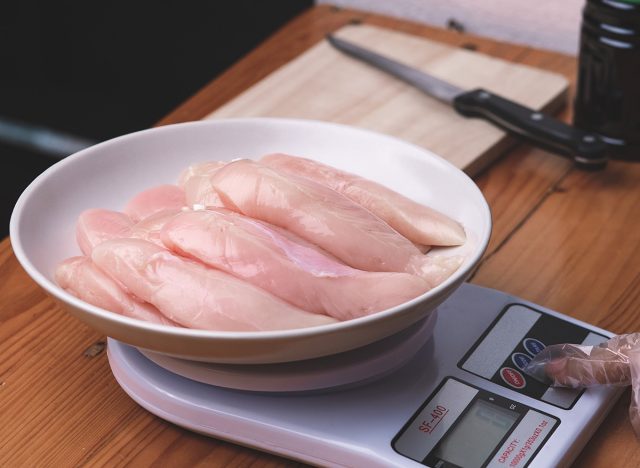
In a nutshell, the Metabolic/Anabolic Diet is a low-carb, high-protein, moderate to high-fat diet. You eat meat. Lots of meat. The brainchild of former powerlifter Dr. Mauro DiPasquale, the Metabolic Diet works very well at cutting body fat and decreasing food cravings. Its high protein content ensures that people who train hard will gain muscle mass while those who train less hard or not much won't LOSE muscle mass while still losing weight. Don't get me wrong. I LOVE meat. And I lost body fat and gained muscle, so it worked for me pretty well – that is until I got tired of the high degree of carb restriction. I couldn't keep doing it indefinitely. So onward I went.
Related: I'm a Fitness Expert and This is My Simple Beginner's Diet Plan That Actually Works
Next Was the Paleo Diet – Caveman Style
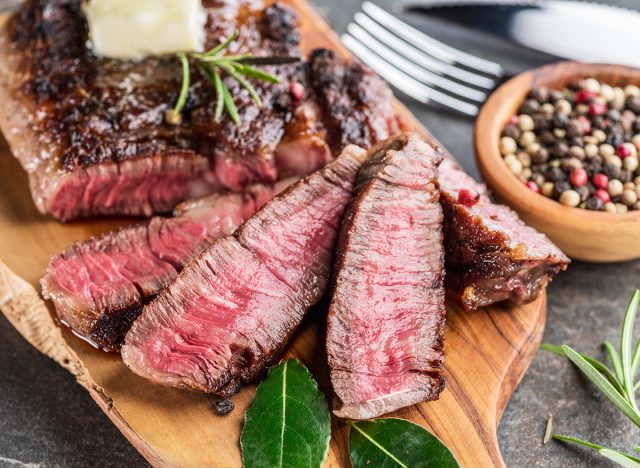
The Paleo Diet was first promoted by Dr. Loren Cordain Ph.D. and further popularized in the CrossFit community by Robb Wolf. "Paleo" tries to mimic what many believe is the human ancestral, prehistoric diet: meat, vegetables, some nuts, greens, and various natural fats, both saturated and monounsaturated. In a very real sense, Paleo is a "balanced" diet. I got into "eating Paleo" when I started CrossFit back in 2015. Although I wasn't following it as strictly as some ("strict" paleo excludes or restricts dairy, cereal grains, legumes, refined sugar, refined vegetable oils, and more), it worked pretty well for me to lose body fat and maintain a healthy body fat percentage. I also felt that following the Paleo diet by excluding refined sugar and alcohol helped mitigate some of the inflammatory pain that I had at the time from arthritis in my hip. When I began Paleo, I was desperate to try just about any dietary regimen that promised to reduce pain from inflammation, so for me, there was really nothing to lose. Paleo focuses on healthy, fresh, unprocessed ingredients, so it's relatively easy and accessible. "Why not do it," I thought. Beer and wine? Sayonara. But it was no big deal to me to refrain from drinking. The pain in my hip was talking to me 24/7 and I'd do anything to reduce it. Did Paleo help reduce my arthritis pain? I can't say for sure. That's hard to measure. But I did get very lean – the leanest I'd ever been without the near-total carb restrictions inherent in the Metabolic Diet.
I Also Tried Fasting – Going the Full Monty
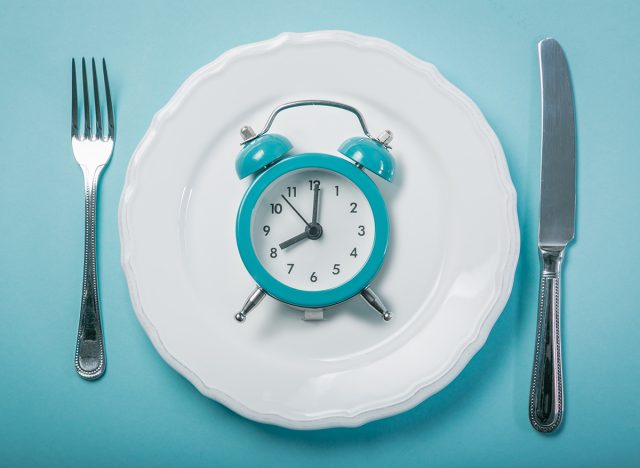
You'd think that the Paleo Diet would have been the end of the road for me. But being experimental with my own nutrition was part of my character, so I tried full-blown fasting for a couple of brief periods. On the third day of a 7-day fast, I found myself browsing online meat vendors, drooling over photos of fresh T-bones and Striploins. Yikes. I don't recommend fasting without sufficient preparation, and I'll never recommend it to my own clients. There are better, healthier, safer ways to manage weight, but as an experiment to see what it feels like to be very hungry for extended periods, fasting will do the trick.
Into the Ditch and Out Again
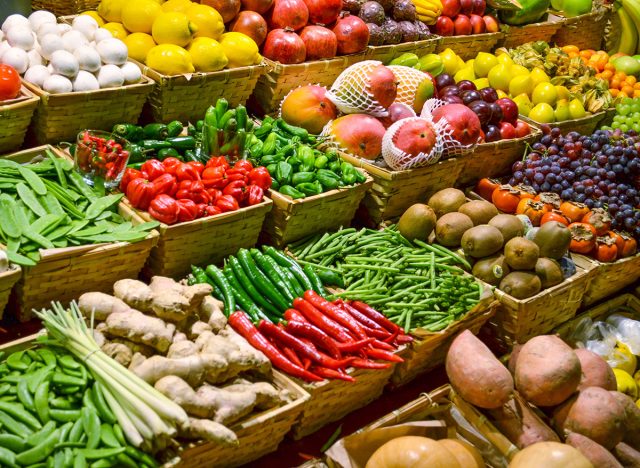
In addition to the different diets that I've tried and discussed here, there are a couple that I didn't mention because I'd tried them long before I had to deal with weight loss. They were simply "health experiments." I was a macrobiotic vegetarian in college, back when the word "vegan" didn't exist. Believe me when I say that macrobiotic vegetarianism was a tough grind, much more restrictive than a vegan diet. But to paraphrase Samuel Jackson in Pulp Fiction, my girlfriend was a vegetarian, so that pretty much made me a vegetarian too. I also did a diet called "Fit for Life" shortly after college. Its key proponents are Harvey and Marilyn Diamond. I couldn't sustain the odd "food combining" dogma, so that didn't last either.
This is the #1 Diet for Weight Loss for Me
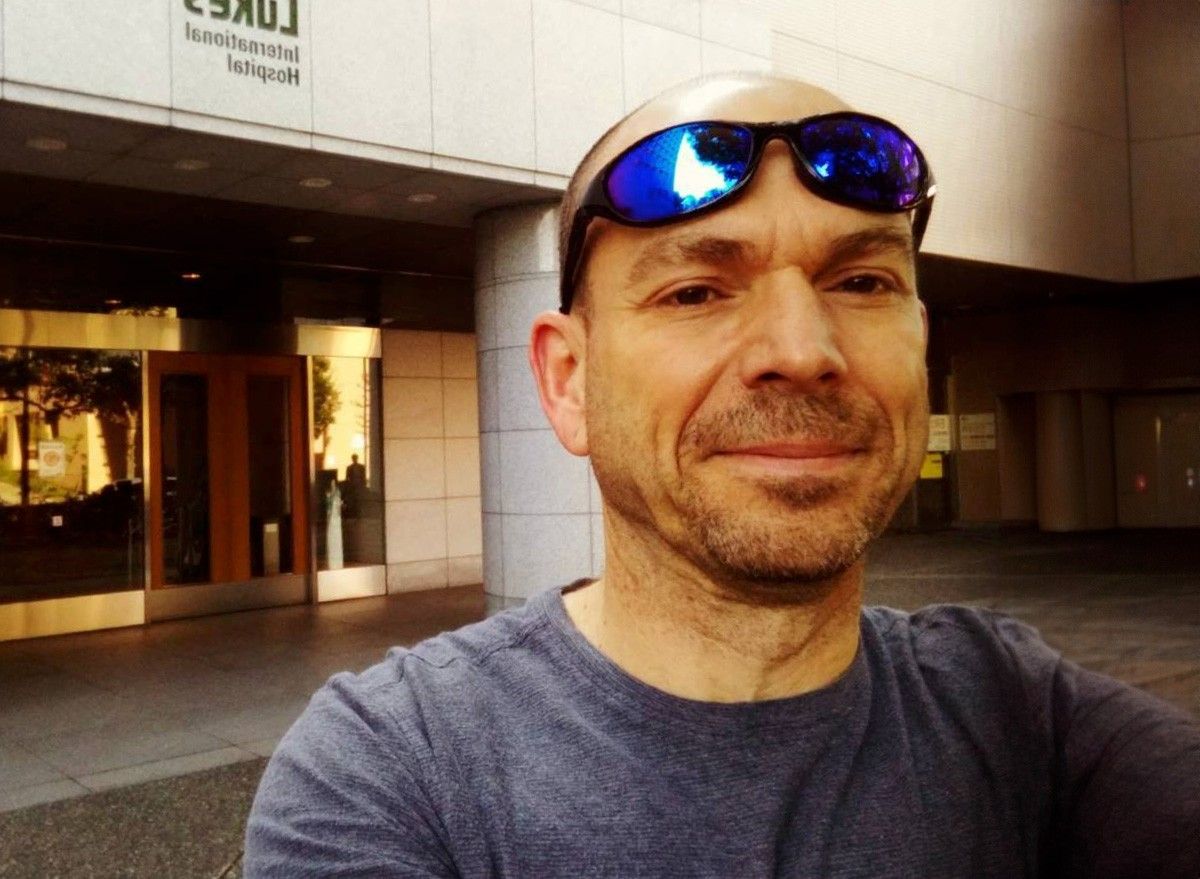
So where have I ended up? Because of my job as a nutrition coach, I keep odd hours. That fits perfectly with a flexible approach. What does that mean in practice? I do periods of Intermittent Fasting several times a week. Now, Intermittent Fasting is NOT a diet per se. It's an eating pattern that restricts when and how often you can eat. Basically, several days a week I'll eat all of my meals within an 8-hour window and fast for 16 hours (the "16/8" protocol). The meals I eat are what I would call "Paleo-ish."
That is, my wife and I eat mostly unprocessed, whole foods: fresh vegetables, meat, some fish, sweet potatoes, rarely bread or pasta, olive oil, avocado oil, and some grass-fed butter, etc. We eat dessert once or twice a week. Tea, coffee, and an occasional glass of wine. But we don't drink regularly. That's key. We try to avoid snacking. That's also a big factor. And we avoid buying "packaged" prepared meals.
We prep our weekly meals as much as possible on weekends to make sure that we know what's ready to eat or cook when we walk in the door at the end of the work day. I don't have any difficulty at all with our present eating habits and nutrition. I've hit the sweet spot: A flexible approach that resembles Paleo with some tweaks that keep me from craving things not allowed by strict Paleo.
Related: I'm a Celebrity Trainer and These 8 At-Home Exercises That Will Get You Fit Without a Gym
So What's the Key Takeaway?

At the end of the road, the nutritional and dietary successes I've had share a common theme: whatever diet you choose has to be sustainable. That's where you'll find success in your quest for weight loss and weight maintenance. You have to be able to keep doing it for the rest of your life, or you're just going to do the yo-yo of weight loss and weight gain. Gradual, steady change is the way forward. This is the approach that I both follow and use with my clients. We gradually move towards healthier food choices that don't immediately turn their lives upside down. My advice? Avoid the extremes, make small, consistent changes and keep at it every day. That excess weight will come off and stay off.
Mark Dean Edwards is a nutrition coach and CrossFit trainer, based in Tokyo, Japan.
